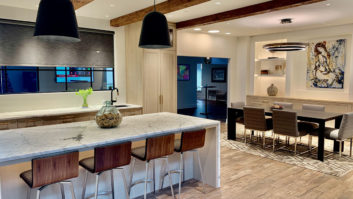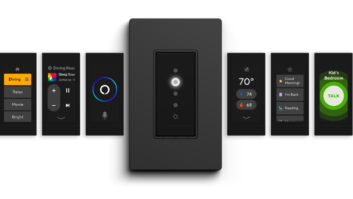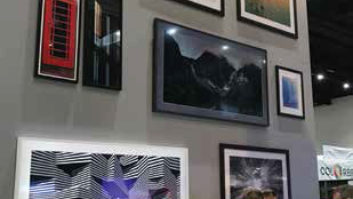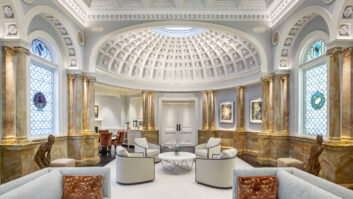As automation and lighting technologies have progressed to offer affordable solutions that combine fixture-level control with whole-home programmability, it’s now possible for average homeowners to enjoy the lifestyle benefits of highly customized lighting design. Builders and designers are increasingly aware of the possibilities, but there are still some professionals and homeowners who are hesitant due to lack of adequate education or physical experience that shows the value and potential of smart lighting. For custom integrators, this is a market of opportunity.
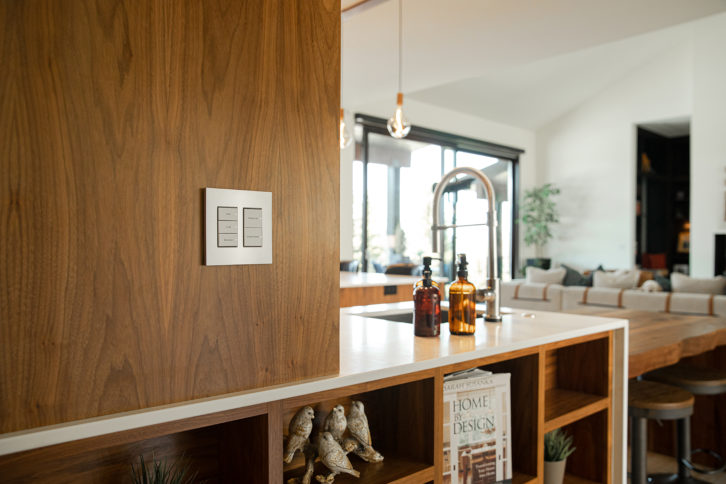
It Starts With Education
The typical on/off light switch is one of the most familiar and longest-lived home technologies ever, having retained the same basic design and functionality for nearly 130 years. Homeowners might not know the technology is so ancient and assume that swapping in LED bulbs is the height of innovation and modern convenience. With so many advanced capabilities available through today’s leading smart lighting solutions, including voice control, scheduled automation, trigger-based illumination, tunable colored LED bulbs and fixtures, and direct coordination with security systems, they couldn’t be more wrong.
When pitching a hesitant or unaware client, a simple way to start the conversation is to ask if they want a large bank of light switches in every room. How many is too many? Can we put five or six switches in the kitchen? For most customers, their experience and common sense will reveal that having so many light switches inevitably leads to confusion and lacks the polish of every other form of technology we are accustomed to in the modern age. When they learn how a room with six lighting loads, for instance, can be controlled through a multi-button keypad with custom-engraved buttons, or through a mobile device app or even voice control, it’s much harder to argue in favor of the old style.
Related: Selling Circadian Lighting
Making Life Easier
Smart lighting, like most home technologies, has become a hot topic as prices have dropped and more options and competition have emerged. Similar to other systems, the most important function of smart lighting is to simplify home living, so it’s crucial for integrators to clearly demonstrate the simplicity of control and automation that’s available.
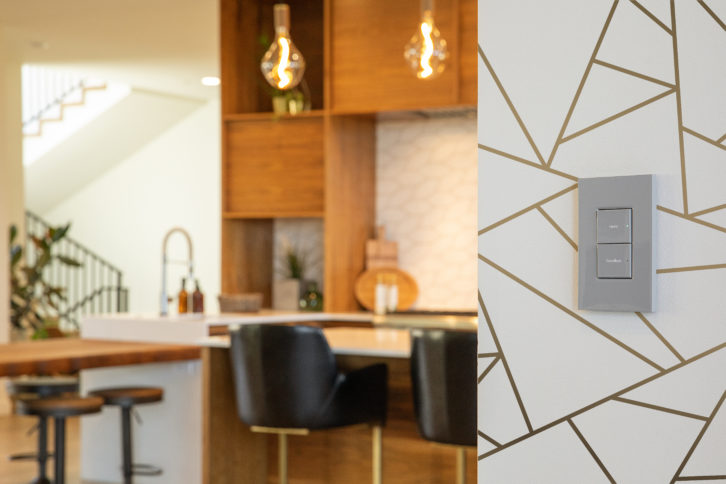
Those with showrooms or access to finished projects can create inventive “tours” that highlight the possibilities of consolidated lighting control, which grow exponentially when connected to other systems such as security or motorized window shades. Even the creation of “scenes,” one of the most basic smart lighting capabilities, is a groundbreaking idea for clients who’ve never used scenes before. Similarly, creating a lighting schedule, for example setting porch lights to automatically turn on at sunset and turn off at sunrise, is also an eye-opener for clients. Video demos can be effective tools, as well, and can quickly demonstrate everything from house-wide automation to remote access.
Professional integrators have found success in selling advanced lighting by creating standardized scenes for commonly requested needs such as dining, cleaning, relaxing, and entertaining, each with specific lighting levels, colors, and use of fixtures.
Improving Design and Aesthetics
In response to ever-changing design standards and homeowner expectations, manufacturers have re-envisioned what wall plates and switches look like with contemporary designs, moving further from the traditional almond, ivory, or white switches and faceplates. At the same time, the idea of a light fixture has also evolved to include everything from lamps and ceiling cans to LED strip lights that offer full RGB color control and virtually unlimited placement.
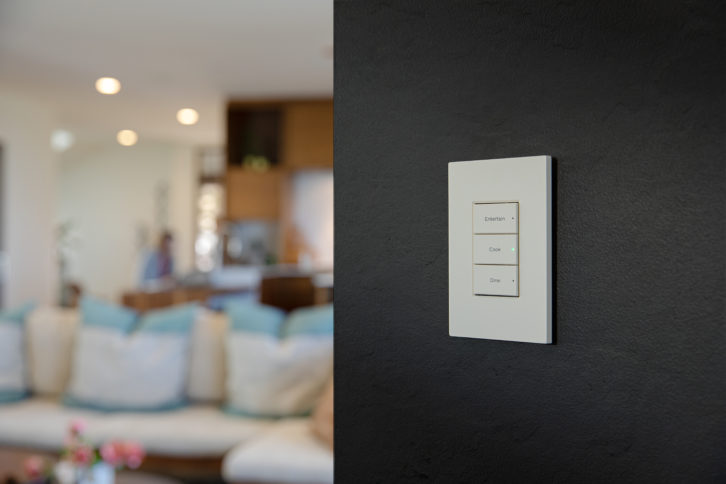
For customers who work from home, which is a rapidly growing group, there is also value for lighting that can set a particular mood through changes in intensity and color temperature. Color-tunable lighting is becoming a favorite feature among smart-home owners, allowing single spaces to take on the appearance of a bright, invigorating workplace during the day, and then reverting to a more subdued amber environment in the evening. With scheduling and automation, this can also be used to tie lighting directly to the time of day and provide enhanced comfort by matching indoor lighting to the current natural light environment outside.
Related: Tech Showcase — Lighting Control
Innovation Without Compromise
There are still those among us who question the need for advanced lighting solutions, but their numbers are dwindling with each passing day. Where past devices or solutions may have demanded aesthetic tradeoffs, today’s smart lighting systems are purely beneficial. Architects, designers, and builders have responded to changing homeowner tastes by working together in the planning stages of builds and remodels to ensure maximum utility and convenience from the home’s electronics.
The ease of use and reliability of these systems, including full control through mobile device apps, engenders permanent behavior changes and expectations of how home lighting is used to create specific environments.
With current building trends and consumer tastes moving toward ultra-efficient, whole-home LED lighting, custom integrators have a major opportunity to become the knowledge resource for homeowners and also gain the trust and respect of designers through thoughtful use and control of light. Whether it’s used to illuminate artwork, landscapes, or a kitchen counter, every space can be highly customized to create resort-like experiences that make guests ask, “How can I get that in my house”?
Jeff Thomas is the vice president of product management at Snap One, a manufacturer and exclusive source of AV, security, control, networking, and remote management products for professional integrators.
